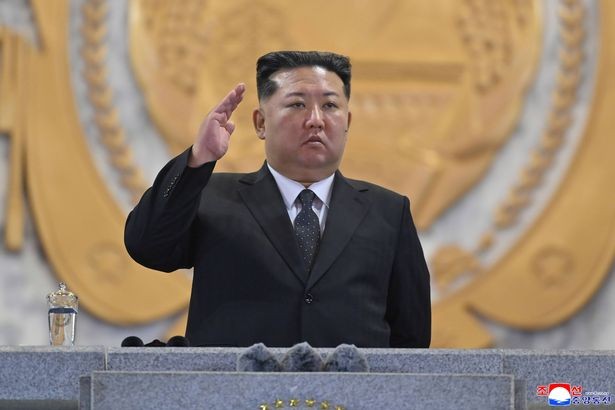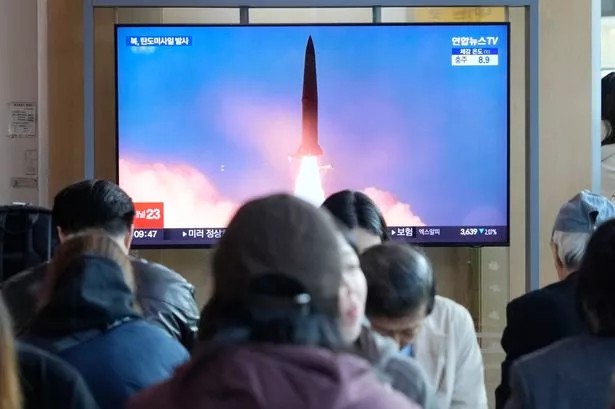North Korea fires ballistic missiles as Trump and other world leaders gather in Korea — a chilling prelude to high-stakes diplomacy
North Korea conducted its first ballistic missile tests in five months on Wednesday, firing several short-range missiles from a site south of Pyongyang. The missiles traveled roughly 350 kilometers (about 220 miles) toward the northeast, and South Korea's Joint Chiefs of Staff said they did not land in the sea. The launches come as U.S. President Donald Trump and other world leaders prepare to convene in South Korea for the Asia-Pacific Economic Cooperation (APEC) summit. Trump was anticipated to arrive in Gyeongju for bilateral talks with leaders including Chinese President Xi Jinping and South Korean President Lee Jae Myung, though officials later signaled he might not attend the main conference. Japan’s newly appointed Prime Minister Sanae Takaichi said Tokyo is in close communication with Washington and Seoul, including sharing real-time missile-warning data. North Korea did not immediately comment on the launches. Next week’s summit is part of a larger diplomatic landscape, with experts suggesting North Korea may press for sanctions relief or formal recognition as a nuclear-armed state. Wednesday’s test was the first since May 8, when Pyongyang conducted short-range missiles simulating nuclear counterattacks.

Allied readiness and regional diplomacy tighten as missiles test heats up
South Korea’s Joint Chiefs of Staff confirmed the missiles did not land at sea and stressed that the South’s military remains prepared to counter provocations, thanks to its strong alliance with the United States. Japan’s stance is coordinated with Washington and Seoul, with Tokyo sharing real-time missile-warning data to bolster early detection of launches. APEC is set to be hosted by South Korea next week, aiming to foster economic integration and trade with no military component. Trump was expected to attend for bilateral talks with leaders including Xi Jinping and Lee Jae Myung, but South Korean officials subsequently indicated he is unlikely to participate in the main conference scheduled for Oct. 30–Nov. 1.

Kim Jong Un’s strategic theater: tests, diplomacy, and the Hwasong-20 ICBM
Wednesday’s missiles mark the first ballistic missile tests since May 8, when North Korea tested short-range systems simulating nuclear counterattacks against U.S. and South Korean forces. These were also the first ballistic missile tests under the new leadership of Lee, who took office in June promising to strive for peace on the Korean Peninsula. Since his diplomacy with Trump collapsed in 2019 over sanctions, Kim Jong Un has stepped up the pace of weapons testing. He has hinted at returning to negotiations if the U.S. abandons its denuclearisation demands. Earlier this month, Kim showcased a new intercontinental ballistic missile at a military parade attended by top officials from China, Russia, and other countries. The parade underscored Kim's growing diplomatic influence and his commitment to developing a reliable arsenal of nuclear missiles aimed at the U.S. and its allies. North Korea’s state media described the 10 October parade as showcasing the Hwasong-20 intercontinental ballistic missile, which it branded as the nation’s "most powerful nuclear strategic weapon system." Experts believe the ICBM is engineered to carry multiple warheads to overcome American missile defenses, and a test launch could occur within the coming months.

